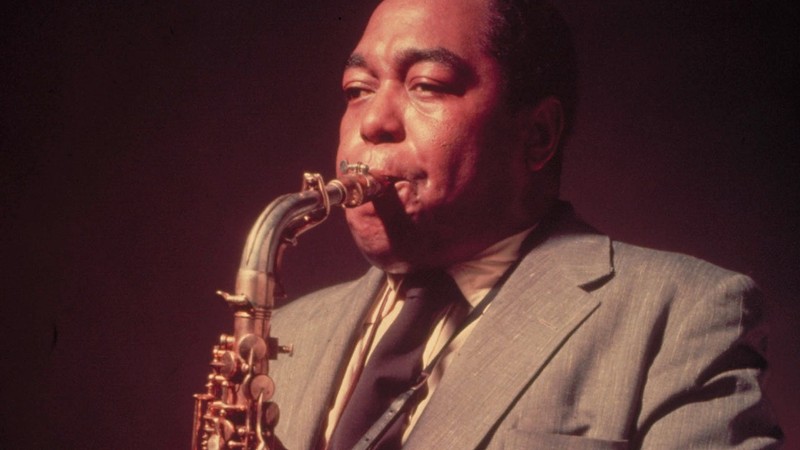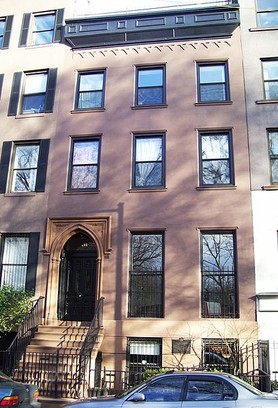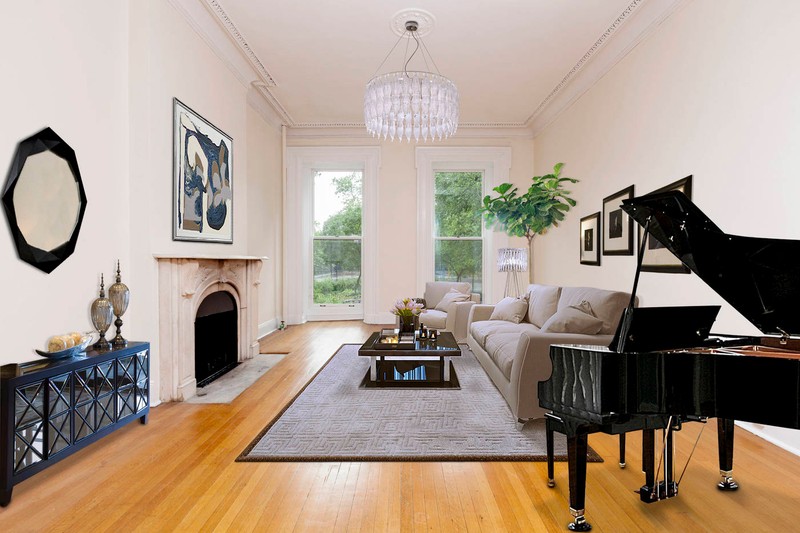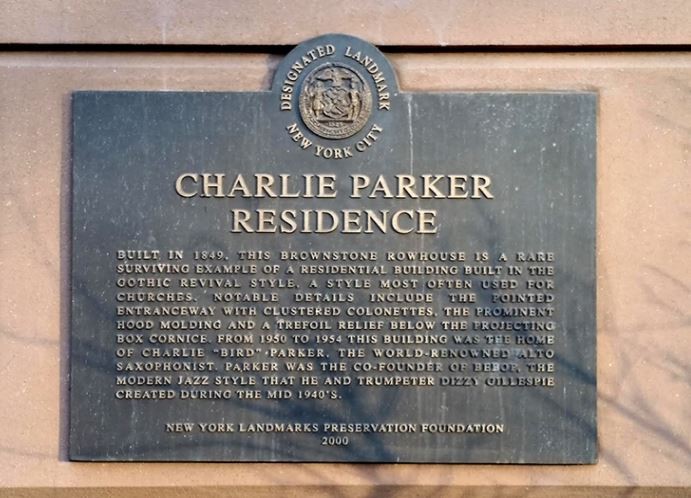Former Residence of Charlie Parker
Introduction
Text-to-speech Audio
Images
Charlie Parker

Parker's former residence

The home's interior

Historic marker on the building

Backstory and Context
Text-to-speech Audio
Born in Kansas, Charlie Parker came to New York City in the late 1930s and soon established himself as a significant jazz performer. By the mid-1940s, Parker was touring with Dizzy Gillespie and during a six-week tour of Hollywood, the pair invented a new style of music known as bebop. Following their tour of California, Parker returned to New York City and formed a quintet and began a period of remarkable creativity.
In 1950, Parker moved into a East Village townhouse which was built in 1849. By this point, Parker had three failed marriages and had suffered for years with mental health issues and substance abuse. He was at the height of his fame as a musician but his ongoing problems were taking a toll. When he was arrested in 1951 for heroin possession, the musician's cabaret card was revoked, meaning he could no longer perform in New York City clubs. Even when his club was reinstated, promoters and club owners were often reluctant to book him because of his well-known reputation for drug use.
In spite of Parker's struggles with substance abuse, the time he spent in his home on Avenue B was apparently happy. It was a refuge for him, and in the home, which he shared with his common-law wife, Chan Richardson, and their children (Chan had a daughter and the couple had two children together), Parker was a family man, enjoying dinners with his family and walking his step-daughter to school. Parker, who wanted to keep work and home life separate, only allowed classical music to be played in the home. When he practiced, Parker went into a walk-in closet and closed the door behind him. The years at 151 Avenue B were the closest Parker ever came to real stability.
Parker lived in the home from 1950 to 1954. Ravaged by years of drug and alcohol abuse, Parker died in 1955. In 1979, the building was purchased by jazz promoter Judith Rhodes, who spoke of going into the legend's "practice closet" and feeling an overwhelming need to own the home. At the time, it still had the birdcage-themed wallpaper that Parker insalled, a nod to his nickname, "Bird." In a sweetly serendipitous twist, Rhodes, during her time as owner, kept parrots as pets and often brought injured pigeons into the home to be nursed back to health, although she maintained it wasn't an homage to the original "Bird." It was also Rhodes who was instrumental in getting the home declared a landmark.
Sources
Charlie Parker Residence , Landmarks Preservation Commission. Accessed October 31st 2020. http://s-media.nyc.gov/agencies/lpc/lp/2032.pdf.
History , The Charlie Parker Residence . Accessed October 31st 2020. https://www.charlieparkerresidence.com/history/.
Kilgannon, Corey . Where a Bird Played Sax, Others Find Refuge , New York Times . November 23rd 2010. Accessed October 31st 2020. https://www.nytimes.com/2010/11/24/nyregion/24about.html.
Charlie Parker's NYC Apartment Now Renting for $5,700 a Month , Jazz Times . July 17th 2019. Accessed October 31st 2020. https://jazztimes.com/blog/charlie-parker-new-york-city-apartment-rent/.
